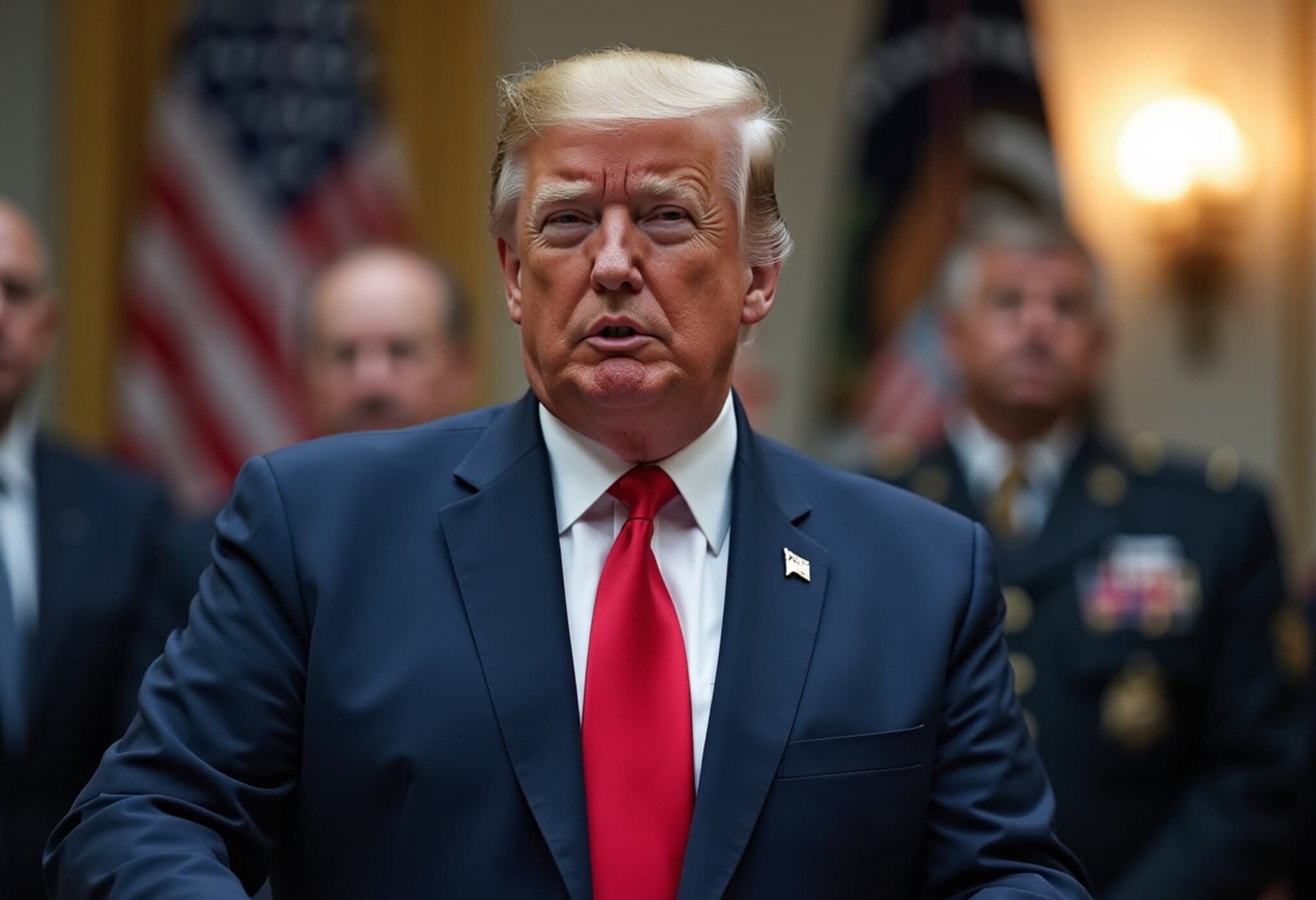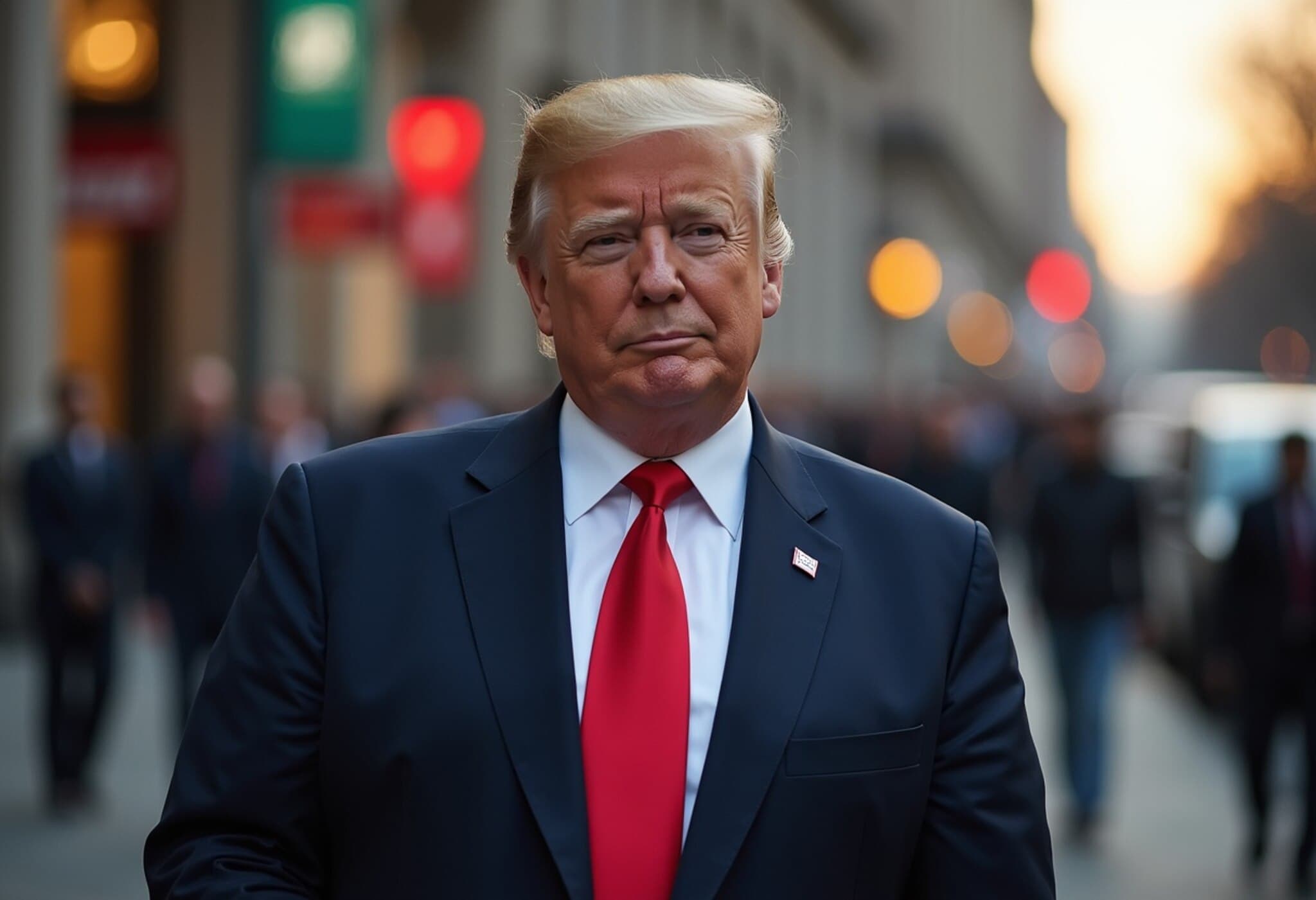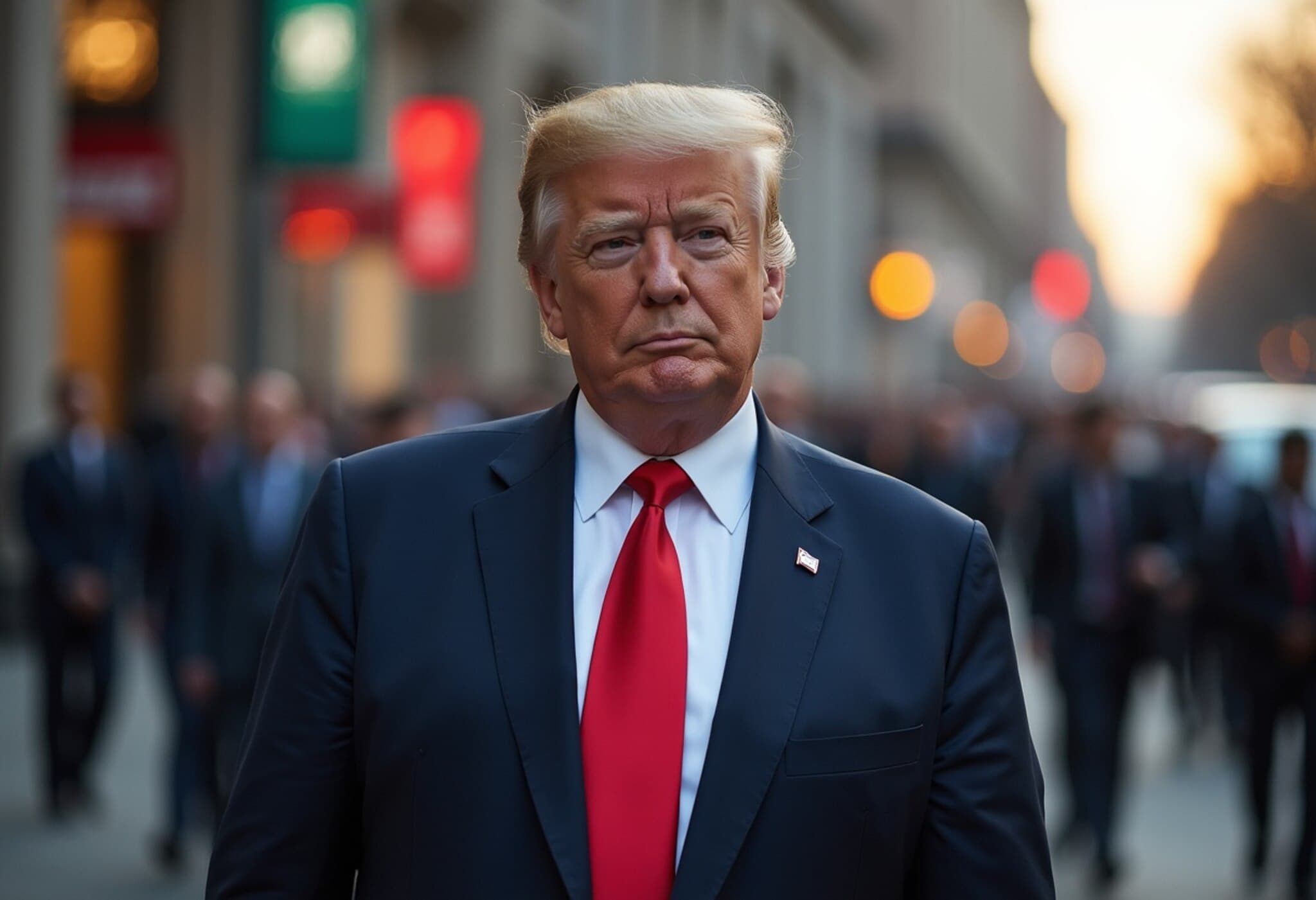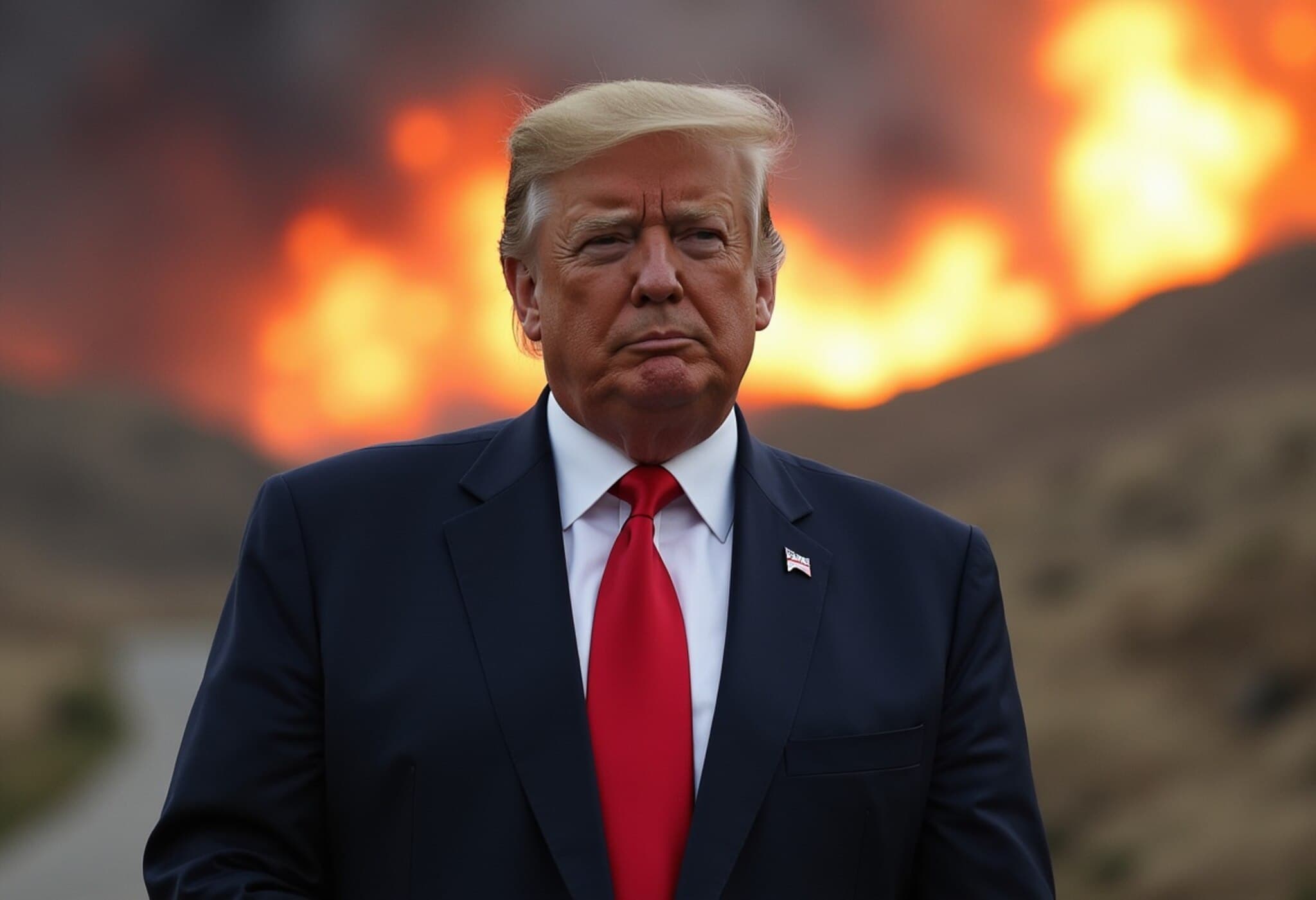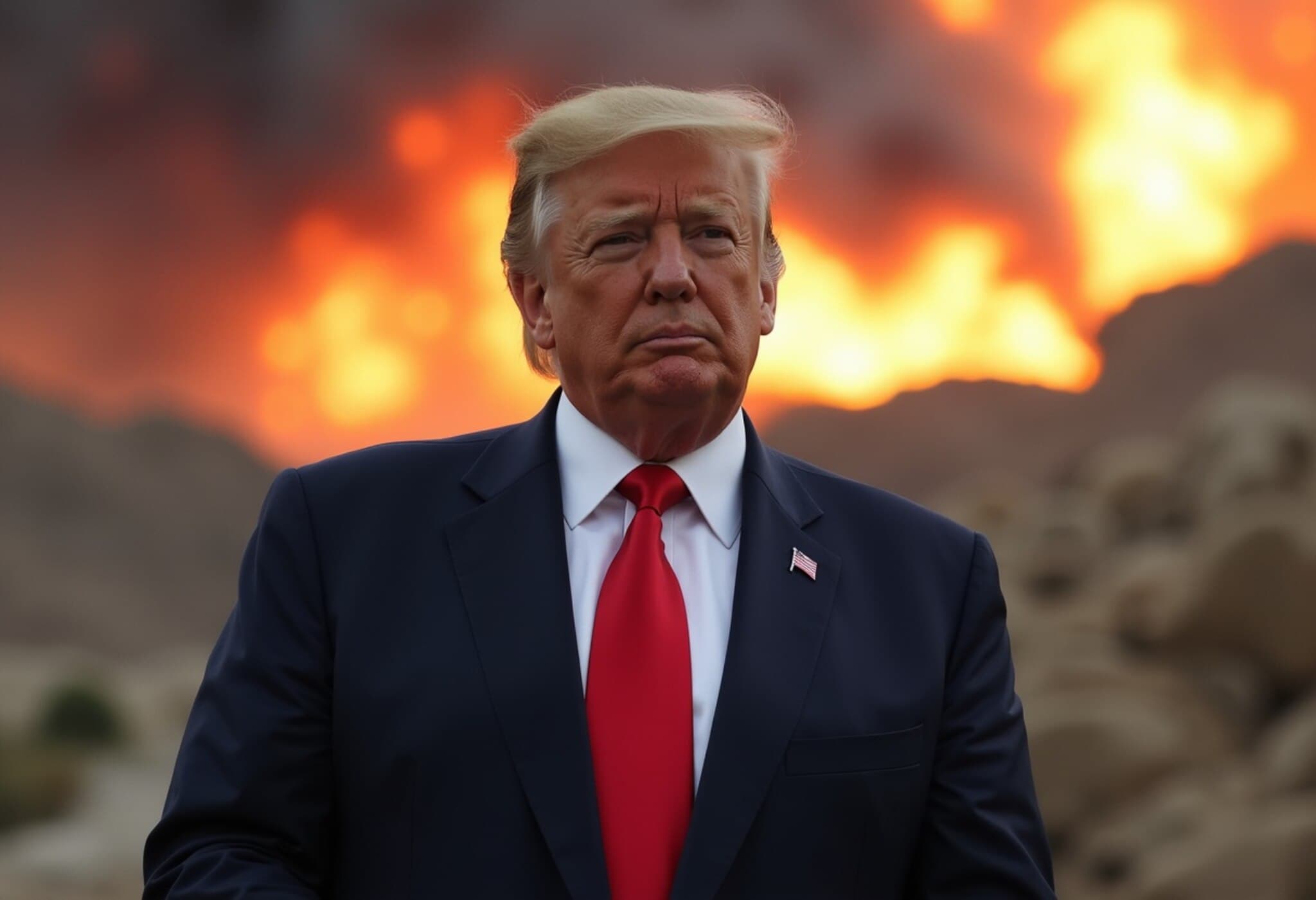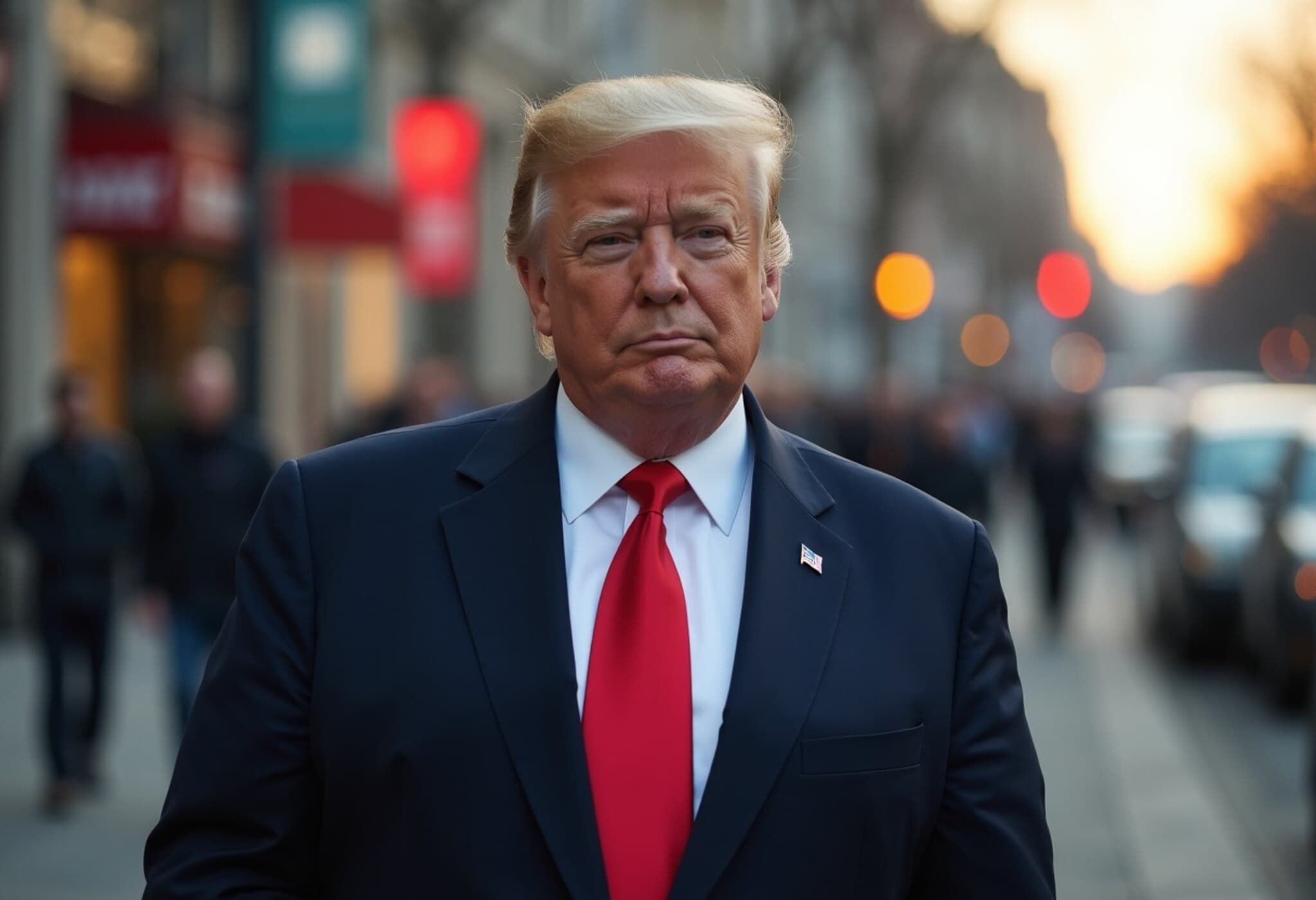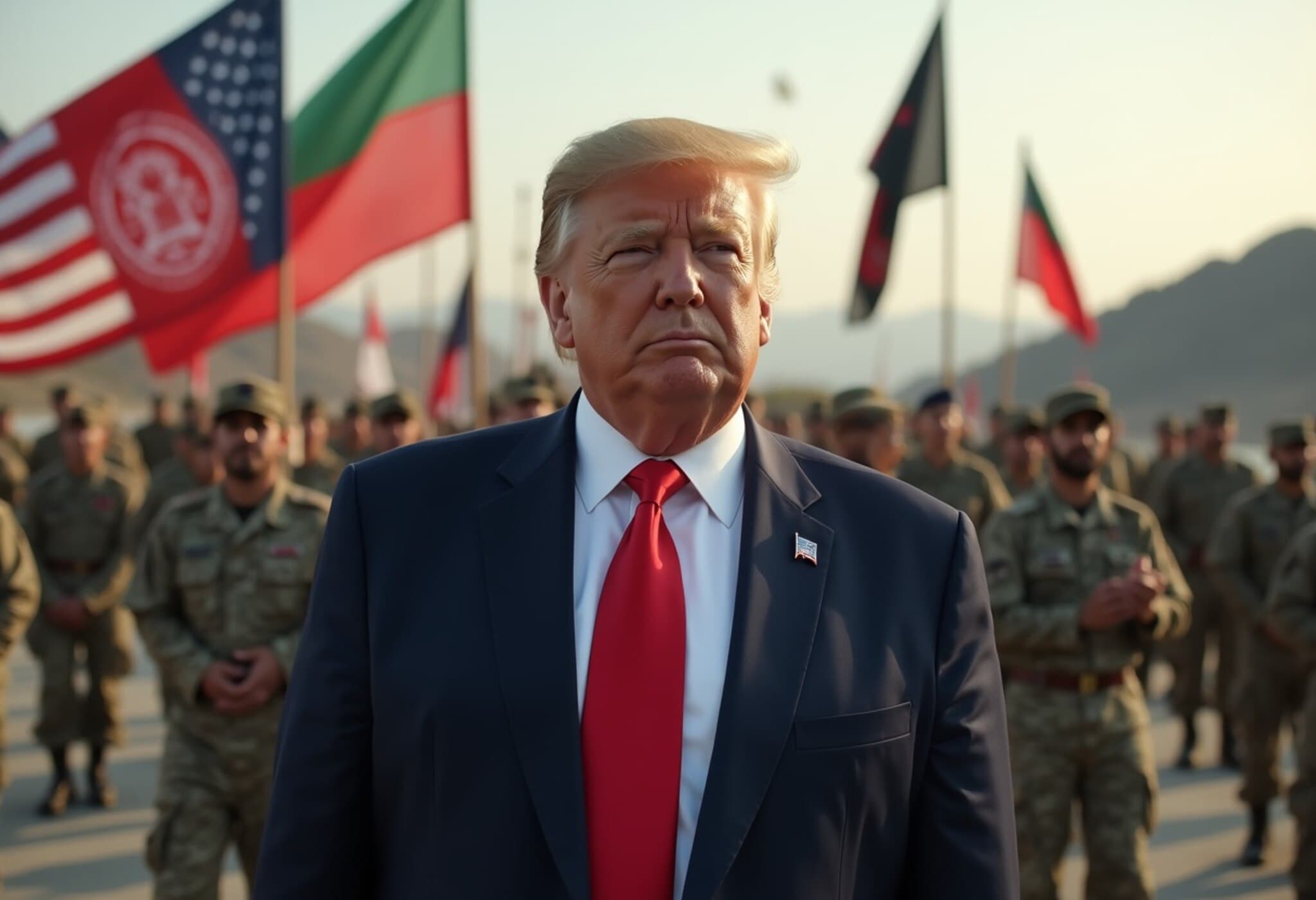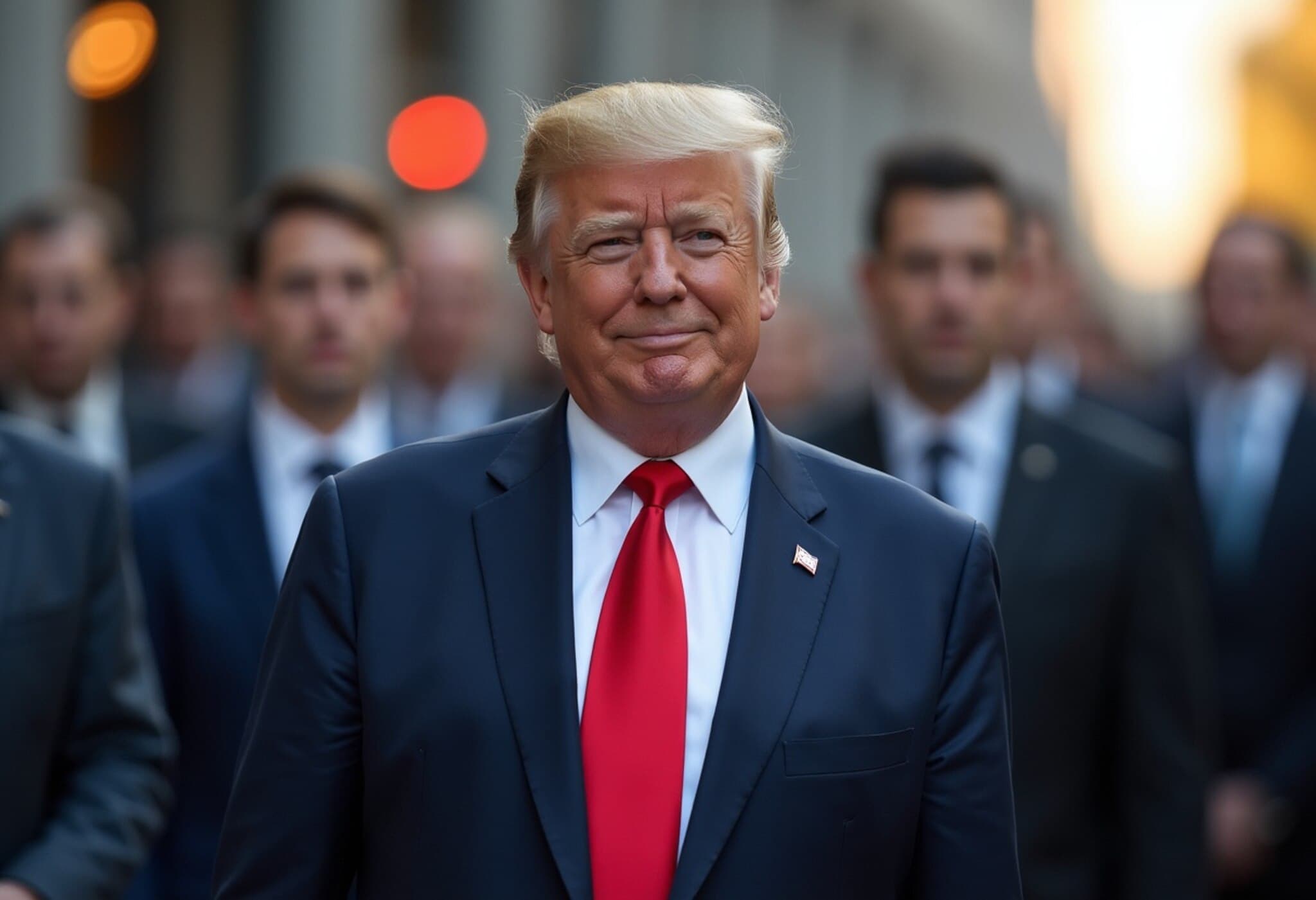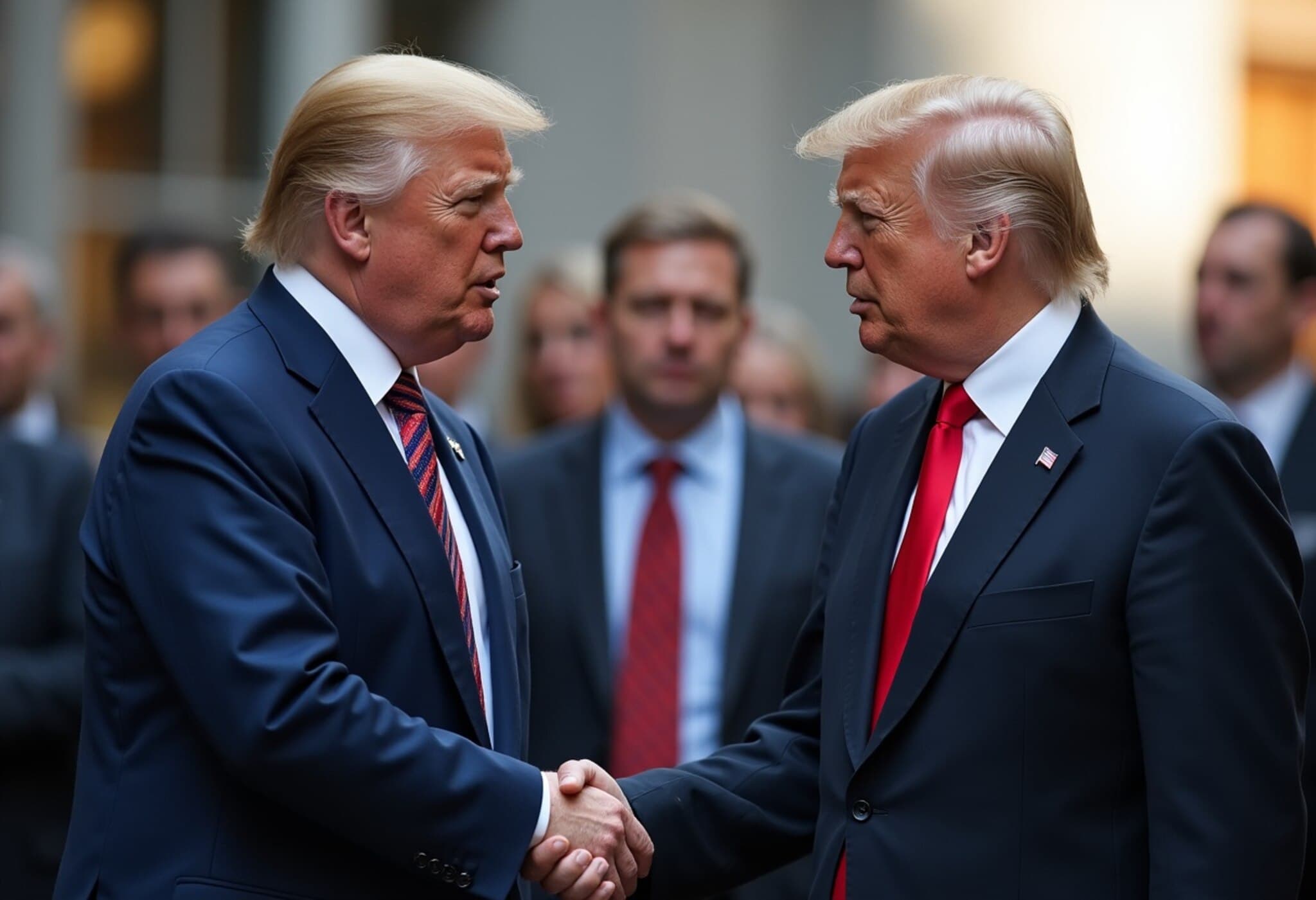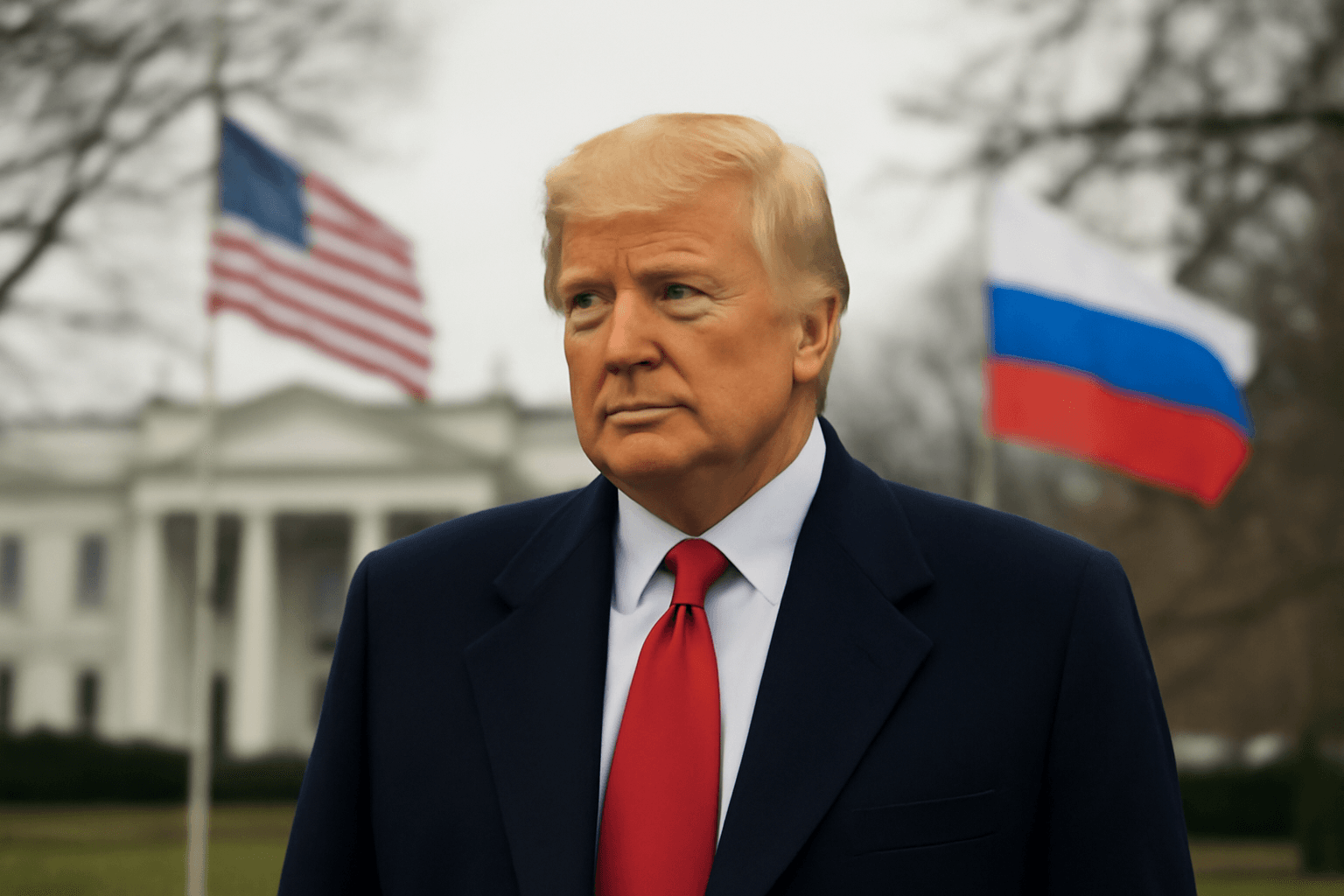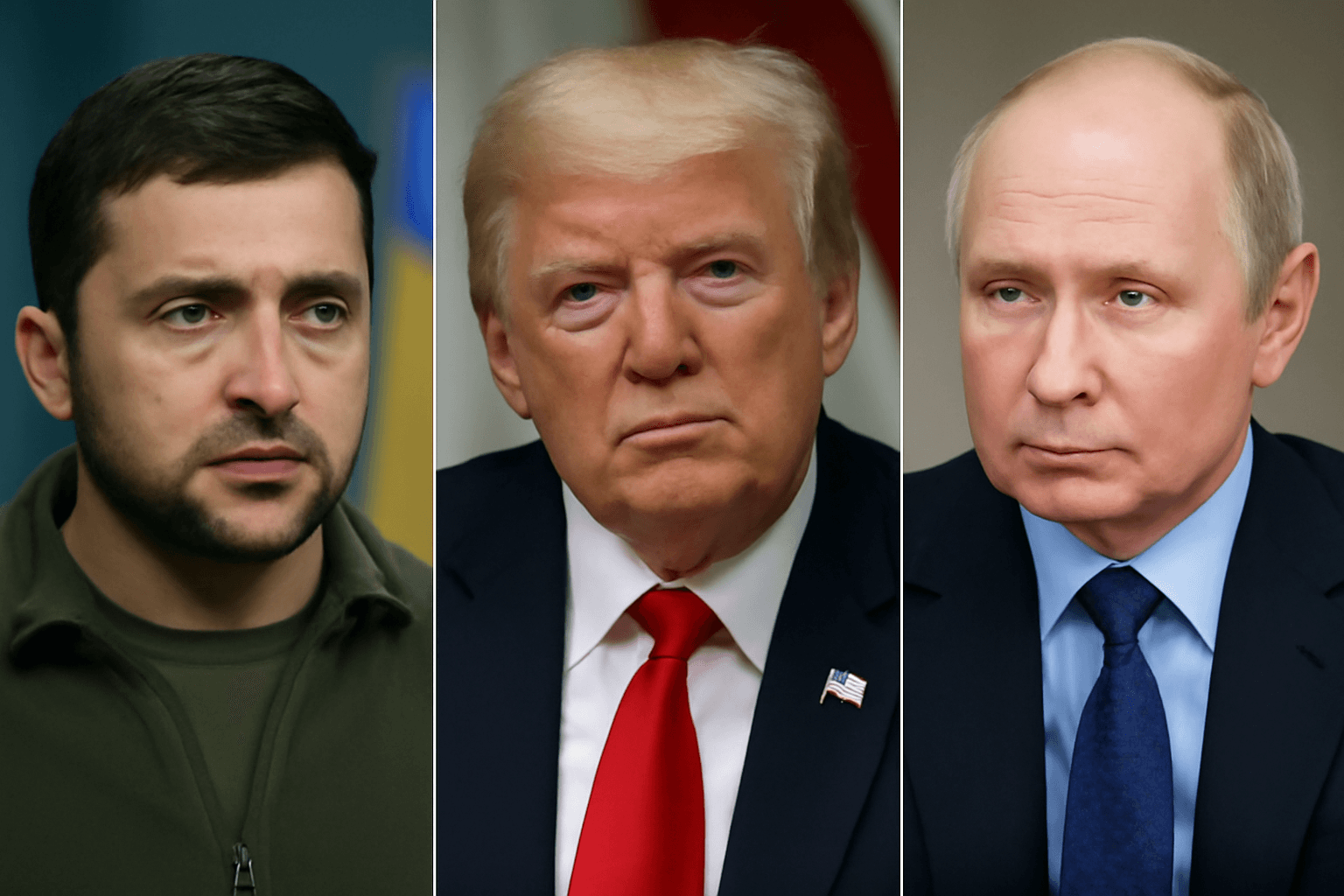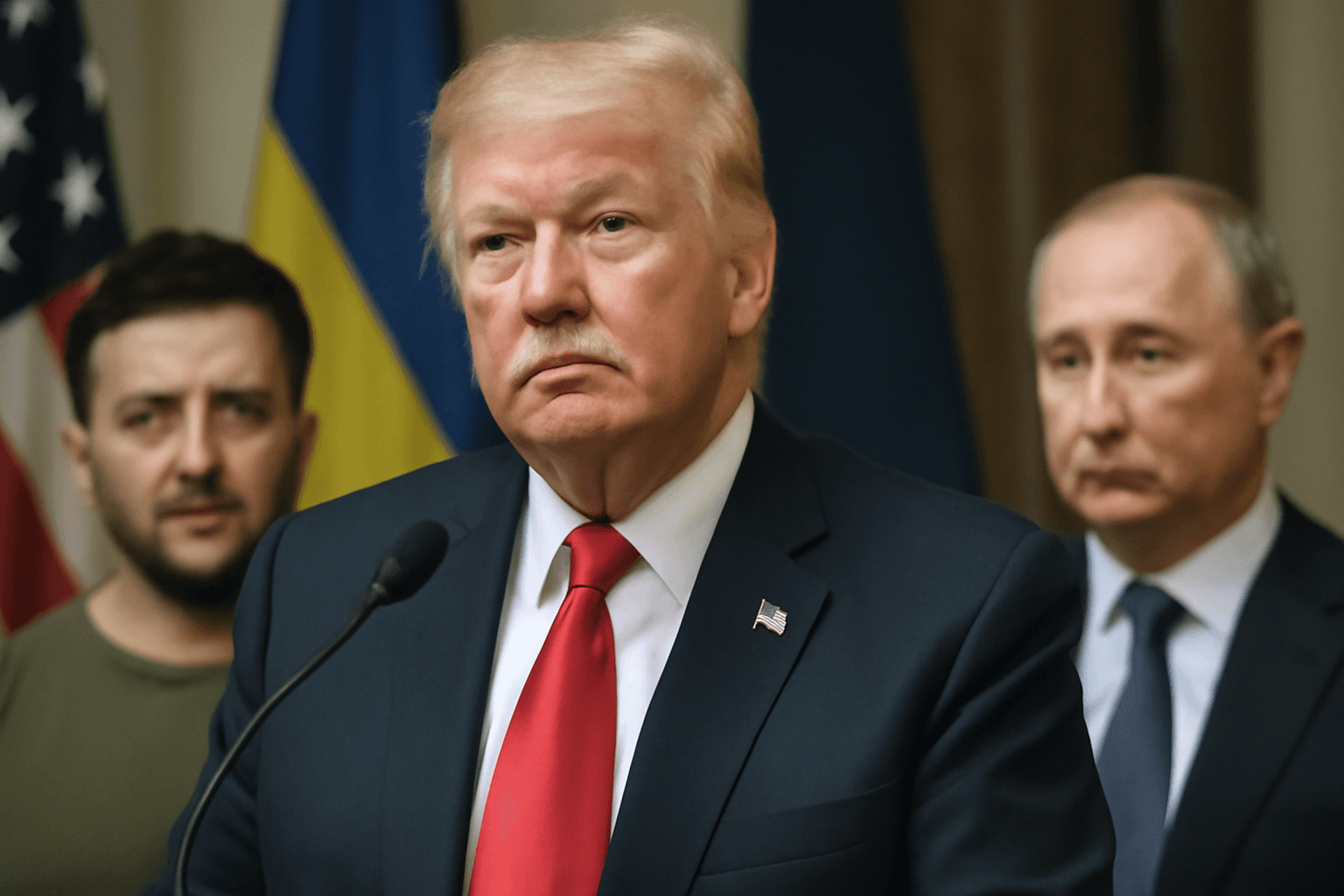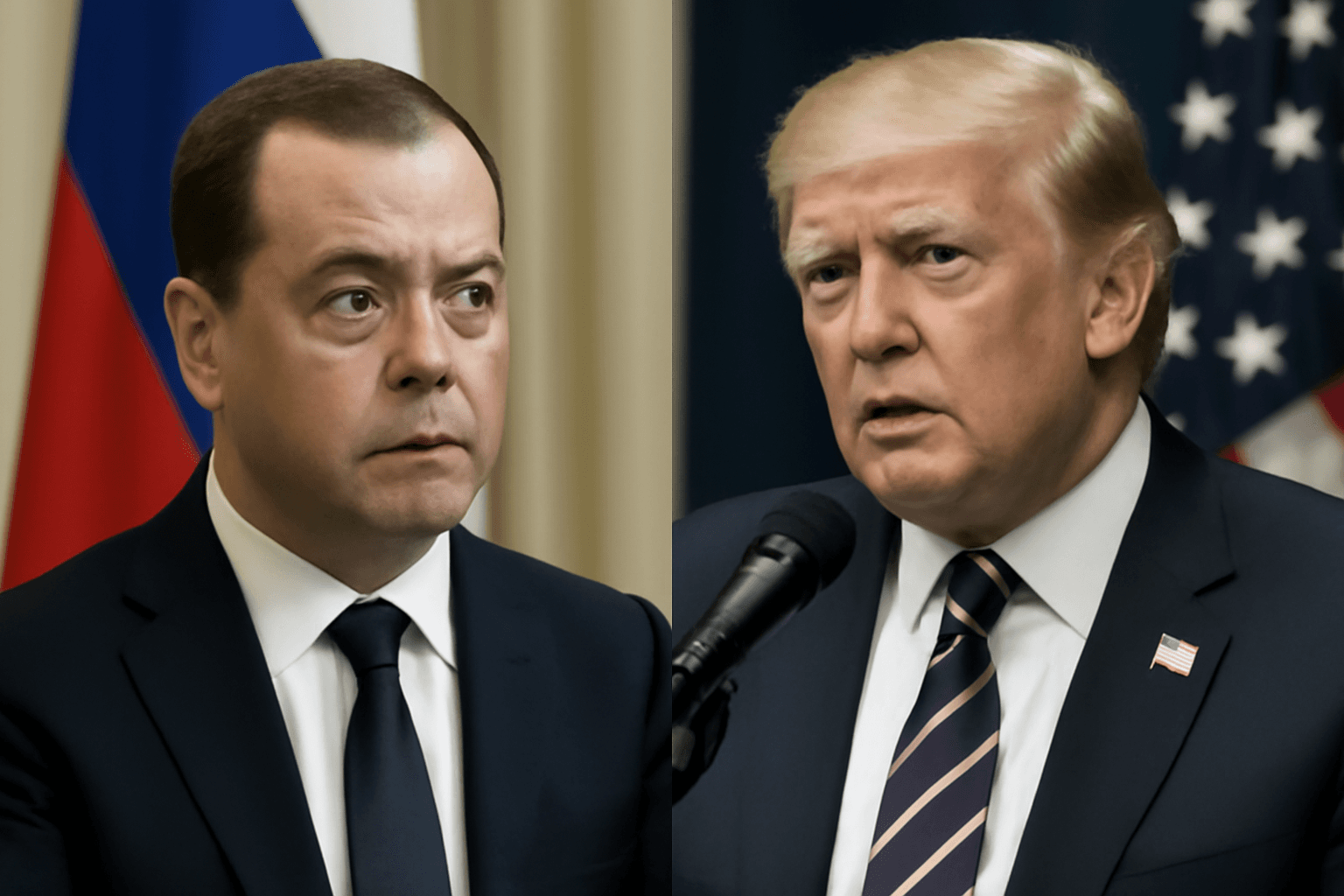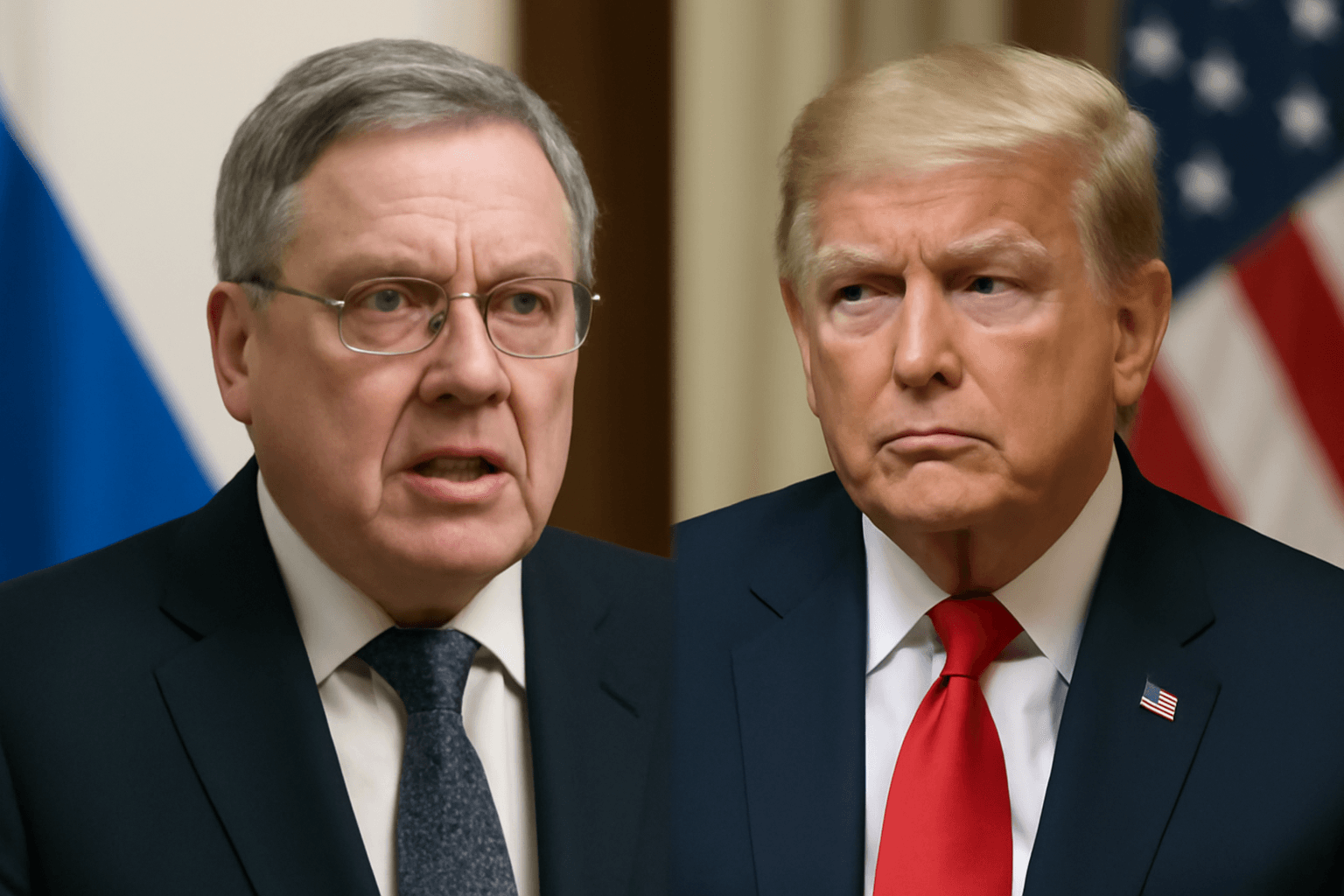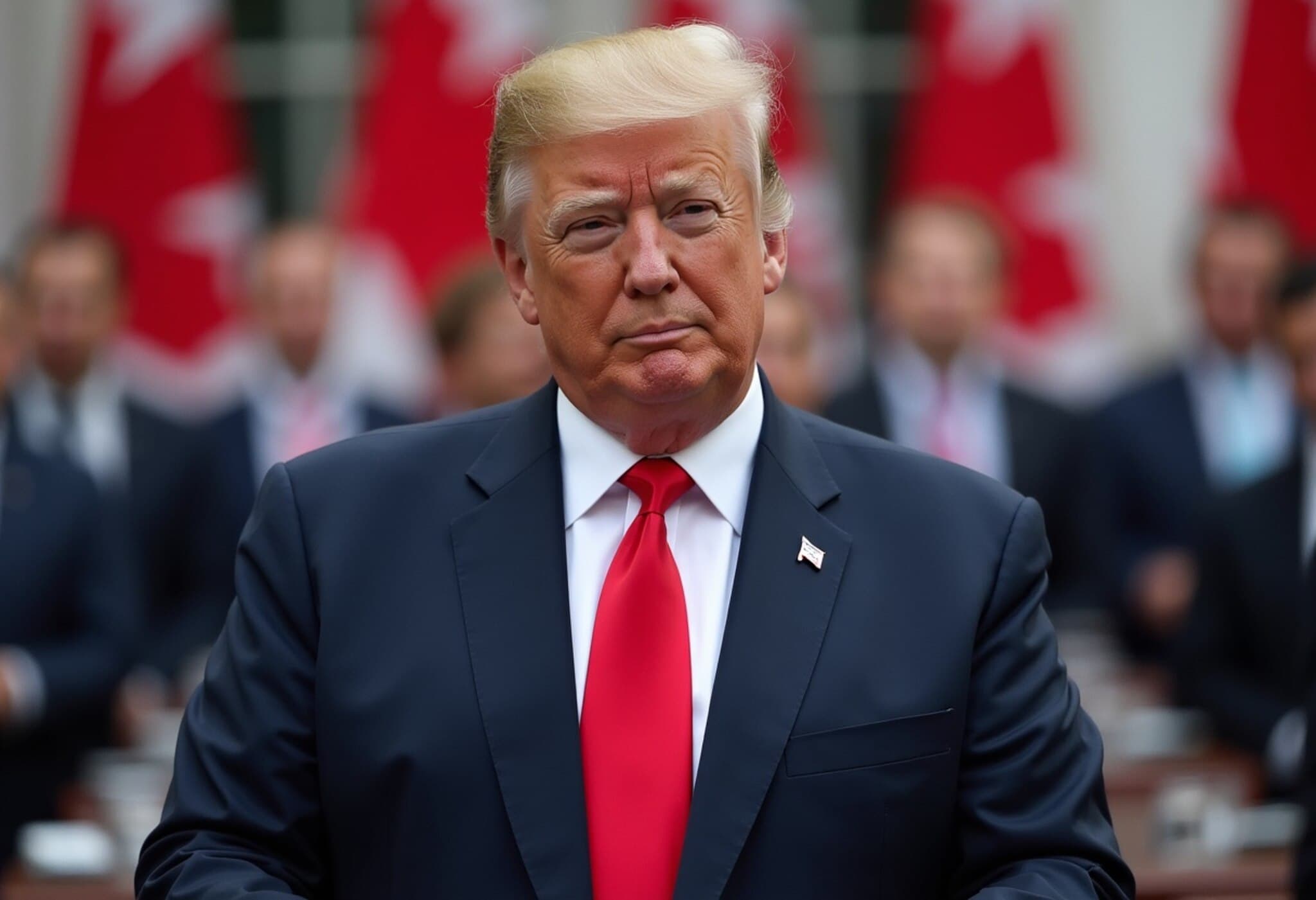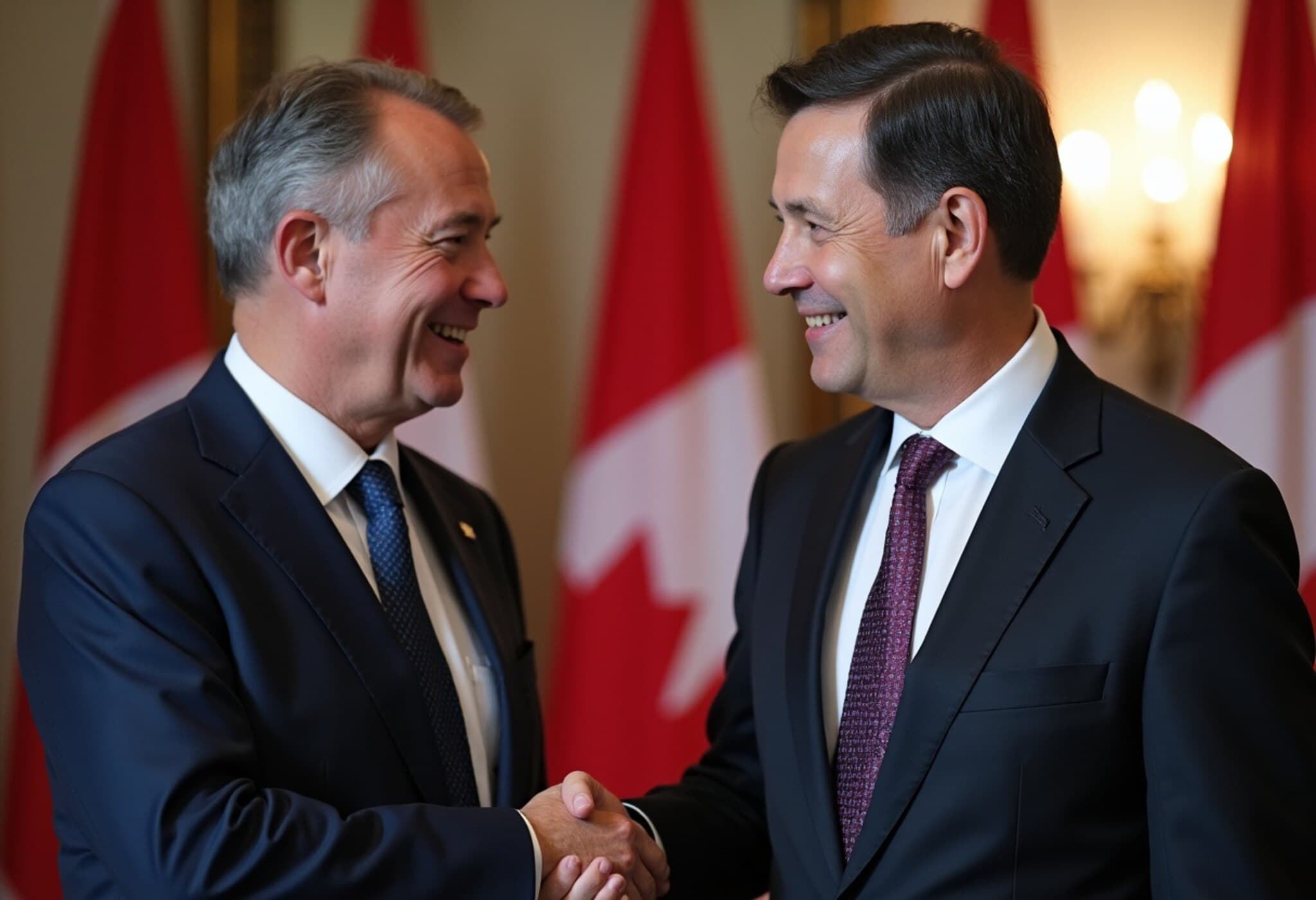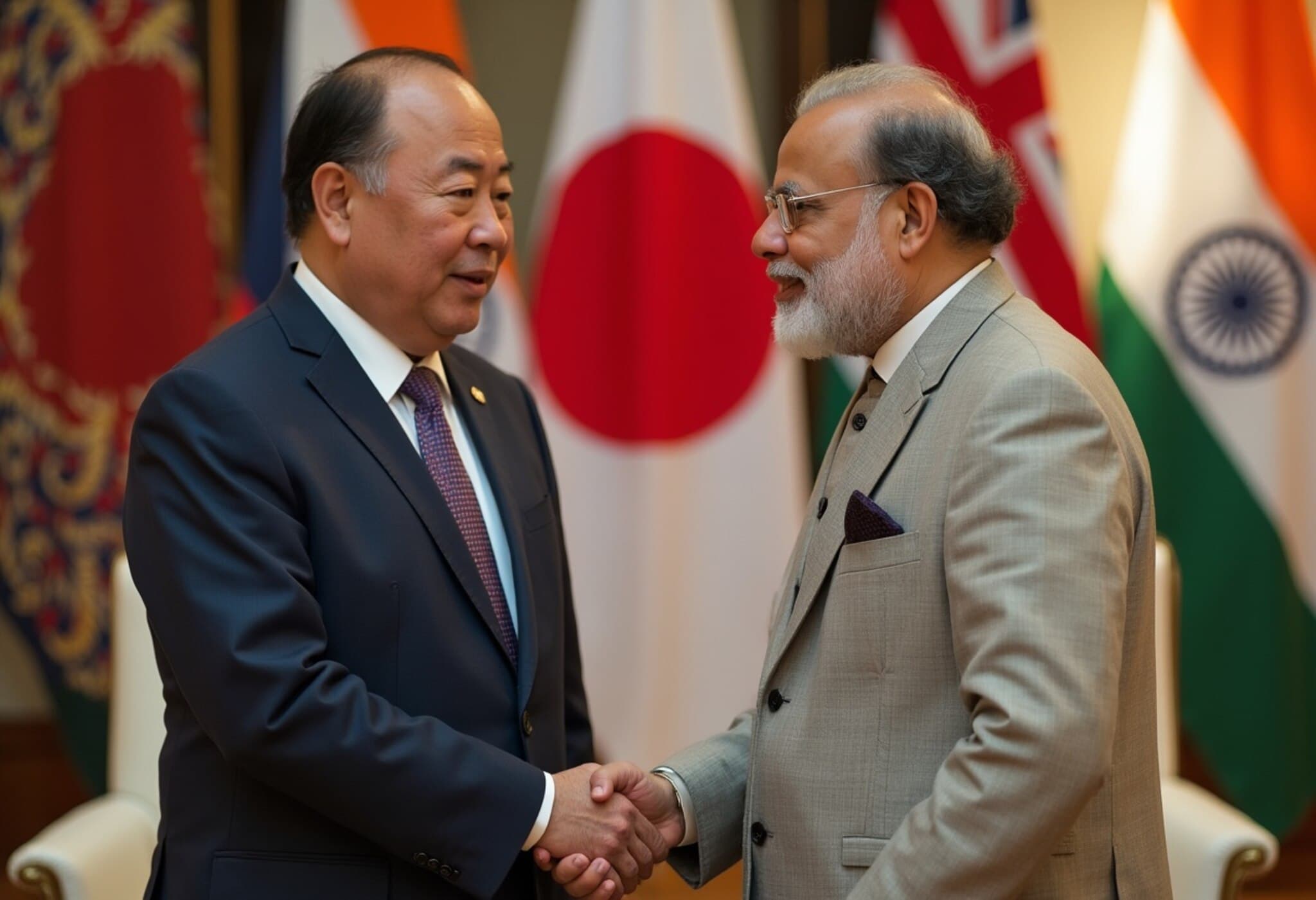Trump Signals Imminent Decision on Russia Sanctions
On August 23, 2025, US President Donald Trump announced that he expects to reach a decision within two weeks regarding the imposition of sanctions on Russia amid its ongoing invasion of Ukraine. Speaking candidly from the Oval Office, President Trump conveyed his dissatisfaction with current peace negotiation efforts and underscored the complexity of the diplomatic landscape.
Recent Developments in US-Russia Relations
Last week, President Trump met with Russian President Vladimir Putin in Alaska, an encounter aimed at bridging dialogue between Moscow and Kyiv. However, Trump has so far failed to facilitate a meeting between Putin and Ukrainian President Volodymyr Zelenskyy, a critical step towards conflict resolution that many international observers had hoped for.
"There’s a tremendous amount of hatred there," Trump remarked, highlighting the deep-rooted animosities and entrenched positions hampering any immediate breakthroughs. This candid acknowledgment from a former US leader who maintains a significant voice in American politics reflects the deep divisions and challenges in resolving this protracted conflict.
Weighing Sanctions Versus Non-Intervention
President Trump revealed that his forthcoming decision would pivot between two contrasting paths:
- Implementing massive sanctions on Moscow to pressure Russia economically and politically, or
- Choosing to step back and declare, "it's your fight," essentially leaving the conflict to be resolved by the involved parties without additional US intervention.
This choice carries significant implications, particularly considering America’s role in NATO and its strategic interests in Europe. Sanctions could intensify economic pressure on Russia, potentially hastening negotiations but at the risk of escalating geopolitical tensions. Conversely, a non-intervention stance could signal a shift in US foreign policy, possibly undermining NATO solidarity and emboldening Russian aggression.
Contextual Insights and Broader Implications
The US administration’s tightrope walk reflects the wider international debate on how best to respond to Russia’s invasion of Ukraine — balancing deterrence, diplomatic engagement, and realpolitik. Moreover, this developing story invites several critical questions:
- How will European allies respond to any unilateral US decision on sanctions?
- Can diplomacy realistically succeed amid entrenched hostilities and mistrust?
- What mechanisms exist to support Ukraine’s sovereignty without triggering wider military escalation?
Legal experts emphasize that any sanctions need thorough evaluation to align with international law frameworks and minimize unintended consequences such as humanitarian harm.
American Policy Perspective
From an American policy standpoint, President Trump’s approach underscores a potential pivot compared to previous administrations’ adherence to multilateral strategies. This individualistic style of diplomacy may resonate domestically with audiences fatigued by protracted foreign conflicts but raises concerns among policymakers about consistency and alliance reliability.
Editor’s Note
As the world watches closely, President Trump’s impending decision embodies the delicate balance between action and restraint in geopolitical conflict resolution. While the prospect of "massive sanctions" looms, the true litmus test lies in whether these measures can incentivize real peace or exacerbate existing fractures. Readers should consider the deeper legal, economic, and human cost dimensions underpinning these policy choices — reminders that behind every headline lie lived realities demanding thoughtful scrutiny.
Our coverage will continue to track these developments, offering nuanced analysis and informed perspectives in the rapidly evolving landscape of international diplomacy.

